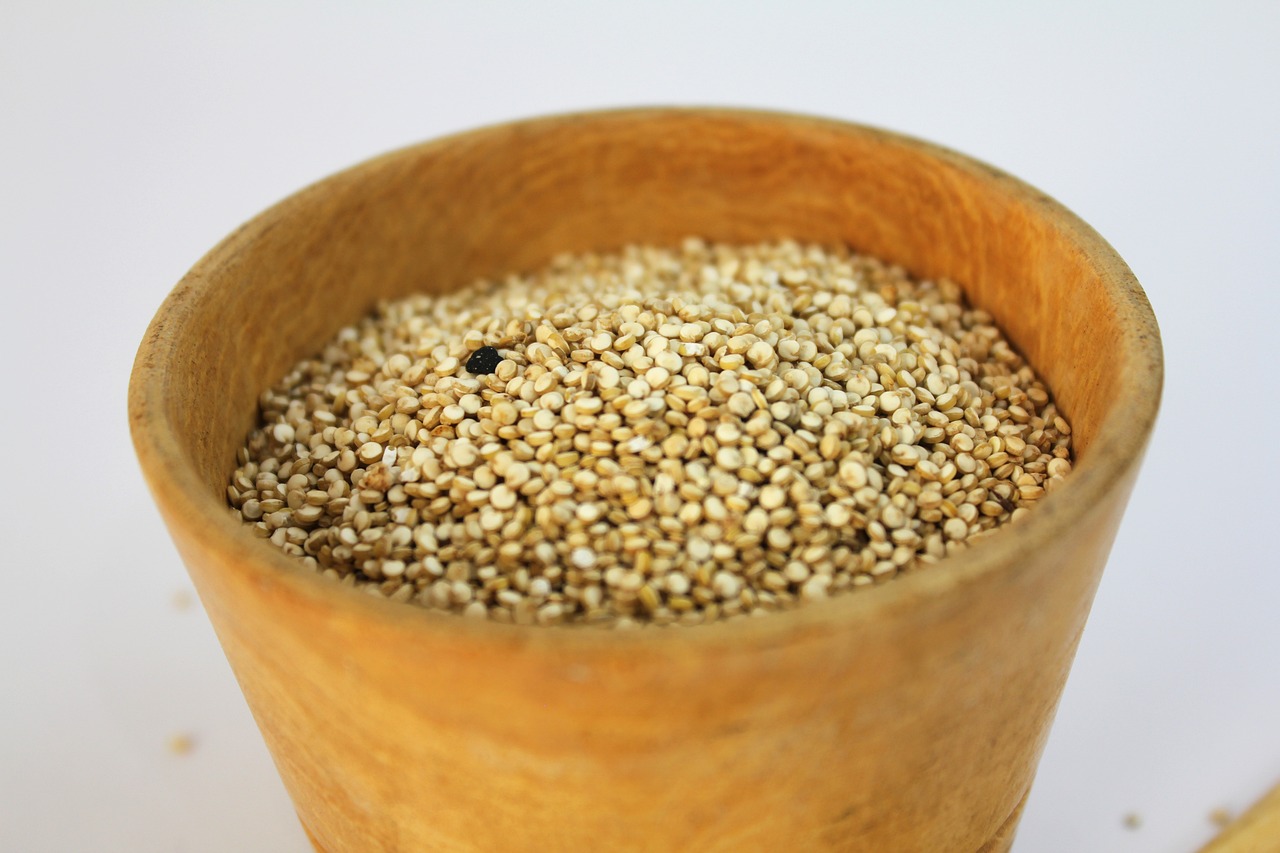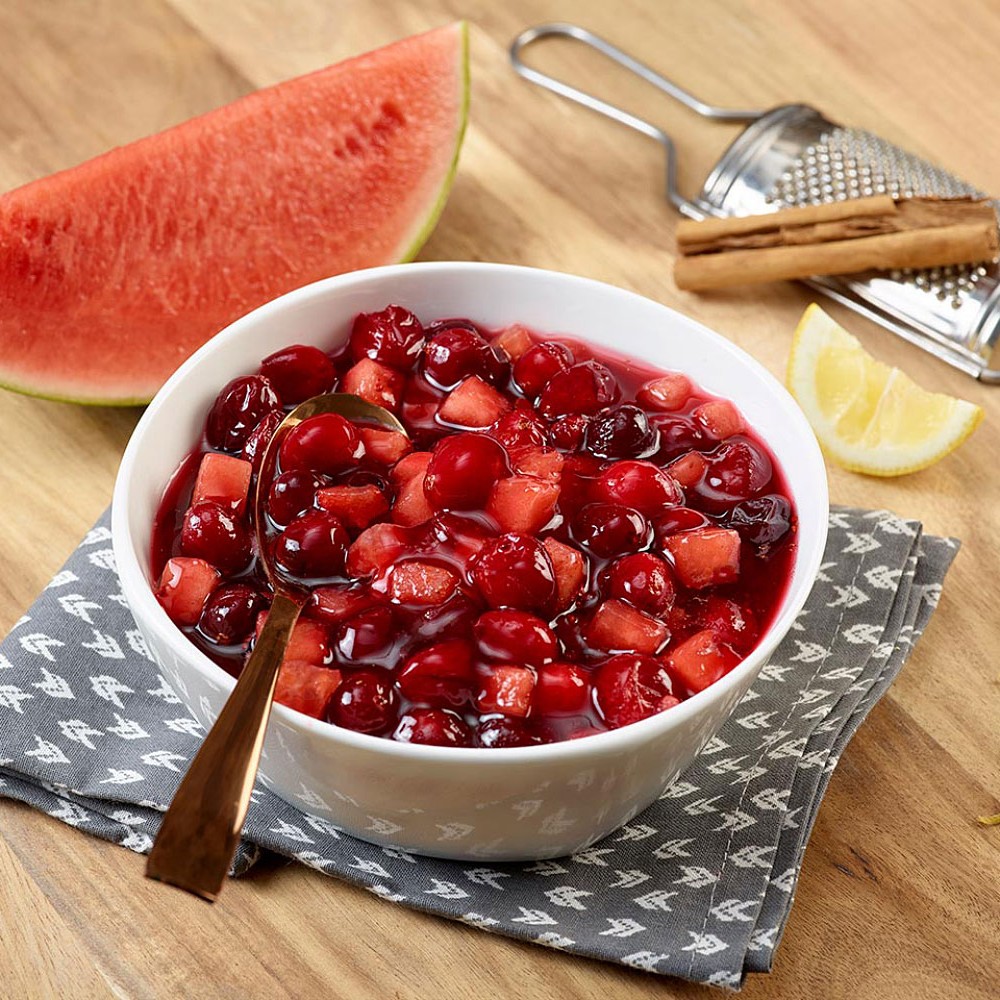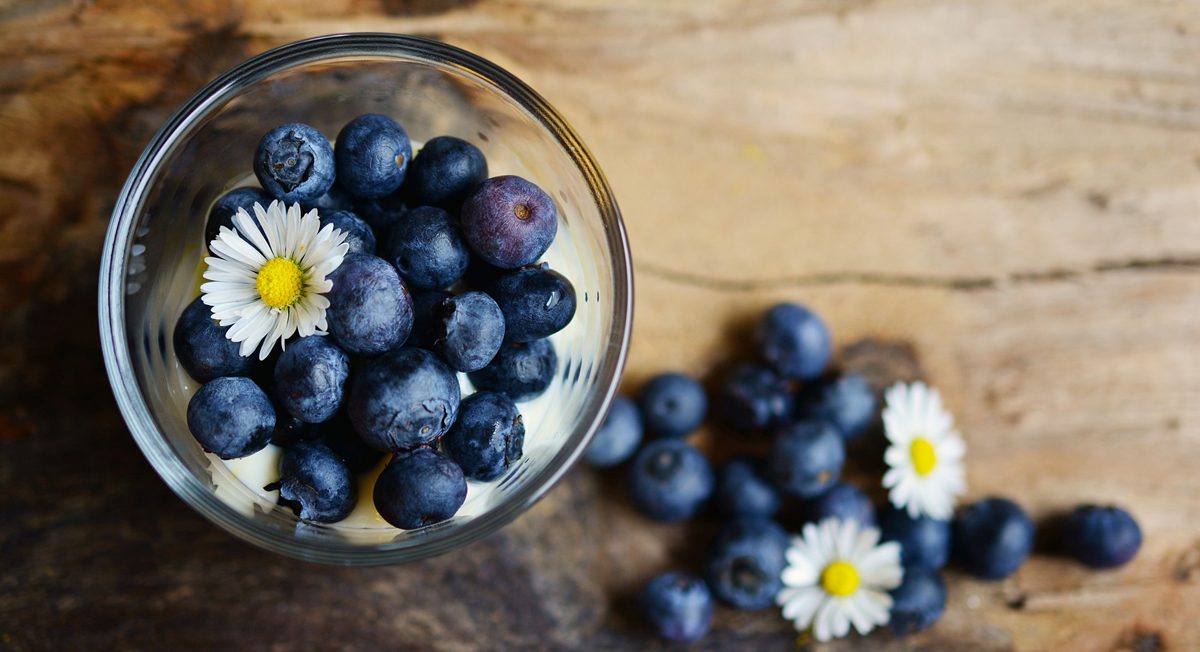Amaranth is a High Protein Grain Suitable for All People

Amaranth is an herb full of vitamins. It was traditionally used by Native Americans in both Central and North America as a survival food. This herb has been cultivated for thousands of years in many different cultures due to the fact that it grows well in most climates and uses a very small amount of water. Amaranth contains a huge amount of protein and a lot more calcium than milk provides. It also contains the amino acid l-lysine, which is not often found in plants. Amaranth seeds were used by the Aztecs in their pagan ceremonies. Additionally, mature seeds of the amaranth plant were eaten raw, mixed with cornmeal, or added to soups. The leaves, which taste similar to spinach, can also be eaten.
Often, amaranth is used for gastroenteritis or the stomach flu. It helps to lessen the irritability of the tissues. A strong decoction of amaranth can be used to remove worms and other parasites from the digestive tract. Applying amaranth topically can help to reduce tissue swelling. The herb can be used with bandages for medical treatment. Additionally, it can help stop excess bleeding which is often caused by sore gums, nosebleeds, and heavy menses. Amaranth is highly digestible and is recommended for infant formulas.
>> Gluten & Wheat Free Flour Alternatives
Amaranth is a traditional food plant in Africa with the potential to improve nutrition greatly. There are several species of amaranth grown in Asia and the Americas for grain. Ancient grains still used to this day include three species: Amaranthus caudatus, Maranthus cruentus, and Amaranthus hypochondriacus. Even though amaranth was grown on a small scale in parts of Mexico, Guatemala, Peru, India, and Nepal, there is a huge potential for future cultivation in the U.S. and tropical countries. Because of this, this herb is often referred to as “the crop of the future.” Because of a weedy life history, amaranth grains grow very rapidly, with their seed heads weighing up to 1 kilogram and containing a half-million seeds. Amaranthus species have a 30% higher protein value than rice, wheat flour, oats, rye and other cereals.
Amaranth was revived in the 1970s because of it is very palatable, easy to cook, and a protein that is well suited to human nutritional needs. This herb was recovered in Mexico from wild varieties, now being commercially cultivated. A popular snack sold in Mexico City, this herb is often mixed with chocolate or puffed rice. Its use has recently spread to Europe and parts of North America. Amaranth is a pseudo grain because it has a very similar flavor and cooking ability to grains. Along with protein, amaranth provides a great source of dietary fiber and dietary minerals including iron, magnesium, phosphorus, copper, and manganese.
The leaves, seeds, and flowers of the amaranth plant are responsible for all of the health benefits provided. Amaranth’s properties include: alterative, astringent, demulcent, diuretic, and nutritive. Primarily, amaranth is used for diarrhea, dysentery, excessive menstruation, and nosebleeds. Amaranth can also be used for canker sores, bleeding gums, stomach and mouth ulcers, worms, and wounds. For more information on the benefits of this herb, please contact your local health food store.
The Author:
More information on amaranth grain is available at VitaNet ®, LLC Health Food Store.








